Manufacturing needs to embrace innovation, especially during a pandemic
In 2018, Canadian Prime Minister Justin Trudeau made this very insightful remark at Davos: “The pace of change has never been this fast, and it will never be this slow again.”
While this holds true in normal times, it is especially true in the middle of a pandemic.
COVID-19 has upended a whole host of sectors, including the entire hospitality industry, live events, and most industries which require person-to-person contact, such as beauty parlors and hair dressers.
Meanwhile, other sectors have never been busier. Those firms which enable working from home such as Zoom, and home delivery services like Amazon, have seen their valuations skyrocket.
One overlooked sector, of course, is manufacturing. Because things still need to be manufactured, manufacturers must innovate to stay alive in an industry that is constantly changing. For instance, how do manufacturing employees work from home? Is that even a viable option when making physical products? Do these firms have the right technology in place to maintain productivity and profitability?
The answer is, sometimes yes, and sometimes no. Over five years ago, Unionwear embraced new technologies such as cloud mobile ERP and MRP, which made our work significantly more productive, so we were more prepared than others. We figured out how to have a number of manufacturing employees working from home while COVID was at its peak so we could avoid production disruptions. We innovated and developed a full line of PPE products in a matter of weeks. And we came up with innovative ways to avoid disruptions to our supply chain.
For me, there are two big lessons to learn from this. One, manufacturers who embrace innovation will stay in business in the short-run and become more profitable and efficient in the long-run. Two, there is a lot of opportunity for entrepreneurs to assist manufacturers in embracing innovation, both from a consulting side and deploying hardware and software solutions.
We are in the middle of unprecedented challenges and an equal number of opportunities. If manufacturers want to stay profitable in the long-run, they must embrace innovation.
Unionwear Wins Inaugural Reshoring Award
The Reshoring Initiative and SEAMS, the domestic textile manufacturing association, presented their inaugural Manufacturing Reshoring Award to Unionwear for bringing cut and sew jobs back to the USA. Unionwear’s 180 workers in Newark, NJ make baseball hats, backpacks, and other bags for the promotional products, fashion, and uniform industries.
Unionwear’s technological innovations have leveled the playing field with imports by highlighting small batch, quick turn manufacturing. Unionwear’s predictive configuration tool at http://www.trillionhats.com allows it to sell custom made products using a traditional webstore experience rather than a cumbersome online configurator, while its mobile ERP platform automates purchasing, production scheduling, manufacturing, and shipping. The result is “made to order” as seamless as ordering from Amazon.
The baseball cap industry’s mass relocation to China since the 1990’s, and Unionwear’s success in keeping manufacturing stateside throughout, was thoroughly explored earlier this month in the three part serial podcast documentary “American Icon” on iHeartRadio’s Red Pilled America podcast.
The Reshoring Award was presented at SEAMS’ annual conference in Savannah,GA on May 9, 2019. At the event, Contempora Fabrics won the Textile Reshoring Award and Mara Hoffman Designs won the Brand Reshoring Award. SEAMS members had reasons to celebrate, with domestic textile manufacturing showing strong, sustainable growth to $70 billion and over 100,000 jobs, numbers that will continue to climb due to the recent tariffs and the upcoming presidential election, when interest in “USA Made” traditionally peaks.
TechTarget: How Tech Helps Domestic Textile Factory Compete Globally
American apparel manufacturer Unionwear is surviving the global marketplace thanks to its Rootstock cloud ERP system.
Apparel is increasingly an overseas business. Studies show that only about 5% of manufactured apparel is produced in the United States. Custom apparel and promotional product manufacturer Unionwear, based in Newark, New Jersey, is one such manufacturer that has sustained operations in the United States. While it employs approximately 120 unionized workers in a high-priced industrial corridor, Unionwear has been able to compete globally partly because it has embraced cloud ERP through its Rootstock software.
The company’s journey into the cloud has its roots in lean manufacturing. Mitch Cahn, Unionwear’s CEO, and his team knew that in order to succeed in a challenging environment, they needed to differentiate themselves from their competitors’ business practices. Lean manufacturing — the methodical approach to eliminating waste and reducing manufacturing costs — was the silver bullet the company needed.
As part of its continuous improvement, Unionwear was ready to adopt an ERP system designed for its manufacturing environment. After a search, the team found that Rootstock Corp.’s cloud ERP software was scalable enough to accommodate Unionwear’s operations and production needs, according to Cahn.
The cloud-based ERP approach afforded fast and easy implementations for the company, with no major IT infrastructure investment needed and a built-in ability to easily expand. This was the perfect fit for Unionwear’s long-term goals: increase customer satisfaction while maintaining a stable expenditure of resources for the manufacturing and production architecture.
A glimpse into the future reveals business apps in the cloud
While the Rootstock platform came with a wide variety of ready to use modules, Unionwear’s focus was on using its inventory management. The company’s primary raw material fabric and varied customer demands require that Unionwear use a multitude of colors and types of fabric, Cahn explained. It is not only critical to plan precisely the amount of material required for production, but to know exactly what is available for production at any given moment. The industry is, in general, a low-margin business. Any time spent looking for material or having extra material laying around that may never meet the needs of a future customer does not fulfill Unionwear’s mission of creating value.
Efficiency was also a critical component of Unionwear’s cloud strategy — specifically, efficiency in finished goods inventory. Unionwear only measures efficiency in the production of finished goods, meaning products that are ready to ship to — and bring value to — the customer. Any material and work in process does not equate to customer value, according to Cahn. With Rootstock, the company was able to calculate the efficiency of its manufacturing effort based on internally-developed standards that measure when the product is complete and ready to ship.
Unionwear’s future plans continue to explore the possibilities of cloud ERP and what it can do to make manufacturing leaner. For example, the company is considering using Rootstock’s reporting tools and utilities, as well as different cost accounting methods. The capability is there for the ERP system’s usefulness to grow as the company grows; as Cahn said, this is “a tremendous advantage and opportunity.” With its ERP in the cloud, Unionwear is poised to be a global competitor for years to
come.
Jim Romeo (www.JimRomeo.net) is a freelance writer based in Chesapeake, Virginia.
Follow SearchManufacturingERP on Twitter @ManufacturingTT
Source: http://searchmanufacturingerp.techtarget.com/feature/Unionwear-becomes-global-competitor-through-Rootstock-cloud-ERP
CIO Magazine: Cloud Based ERP, MRP Give USA Lean Manufacturer a Boost
A couple of years ago, Unionwear, a clothing and accessories manufacturer-based in Newark, N.J., employed a patchwork of systems to run its business.
Headquarters used Sage Pro accounting software to manage the books, while individual plants used Microsoft Access and Excel spreadsheets to track manufacturing activities. Unionwear, a 120-employee company, lacked a unified, enterprise-wide system.
“We were running a number of different systems — and leaving a lot of gaps,” said Mitch Cahn, president of Unionwear.
Calculating Costs for Each Run
One such gap was the lack of a perpetual inventory system. Unionwear updated its inventory balance periodically rather than continuously. As a result, the company needed to conduct a cycle count every time it wanted to begin a production run, Cahn says.
In addition, the manufacturer didn’t maintain a database of costing information, so cost calculations had to be done over and over again.
Duplication of effort was one issue. Integration, or the lack of it, was another. The absence of enterprise automation meant that shop floor scheduling didn’t take manufacturing capacity into account. And there was no integration with Unionwear’s Salesforce.com CRM system.
Against this backdrop, Unionwear decided to deploy an ERP system. The company looked into an on-premises approach, but determined that such a move would require a significant hardware upgrade. Cloud-based ERP became the solution of choice. In addition to the upgrade cost avoidance, the idea of having a system that would be updated regularly instead of annually was another selling point, according to Cahn.
Unionwear’s experience with Salesforce — the company went live on the cloud-based CRM in 2013 — was another factor.
“One of the main things that sold us on cloud was the Salesforce Platform,” Cahn said.
The company’s next step was to look into ERP offerings built on that platform. Unionwear selected Rootstock Software’s manufacturing cloud ERP and went live on the software in January 2014.
Alan Pelz-Sharpe, research director, Social Business Applications, at 451 Research, said Salesforce, and CRM, in general, has become a common route companies take to broader automation. CRM contains the names, addresses and order details of a company’s customers, creating a foundation for additional applications.
“Building your application infrastructure around those records makes logical sense for a lot of people,” Pelz-Sharpe said.
Made in The USA
Unionwear manufactures and embroiders caps, backpacks, workwear and other items in the U.S., bucking the general trend of off-shore textile manufacturing. The company launched in 1992, when Cahn purchased the assets of London Cap Co., a Jersey City, N.J.-based baseball cap contractor. Unionwear has since brought on board the machinery and personnel of other failed garment manufacturers, most recently acquiring the assets of a backpack and bag manufacturer in 2007.
Nate Herman, vice president of international trade at the American Apparel & Footwear Association, said Unionwear isn’t alone in its domestic focus, noting that a few apparel companies now concentrate all their manufacturing operations in the U.S.
“There has been, in the last three years, a small resurgence in domestic manufacturing in apparel after many years of decline,” Herman said. “We see the trend continuing.”
Unionwear, for its part, has adopted a regimen of continuous improvement and lean manufacturing to make a go of domestic manufacturing, cultivating a niche in small-batch customization. The ERP system helps enable this strategy.
“The automation is critical,” Cahn said. “Every dollar of indirect labor that automation replaces is savings that goes right to the bottom line.”
Small-batch customization provides a favorable outlet for domestic manufacturers, since overseas manufacturers typically focus on churning out larger lots of items.
Herman said companies such as Unionwear that specialize in short-run production can be much more responsive to customers if they make their products in the U.S. as opposed to Asia or other offshore locations.
But cost efficiency in this line of business can be hard to achieve.
“Small-batch customization comes with a high level of overhead and that overhead is basically order processing and all the paperwork associated with an order,” Cahn said.
The amount of paperwork to process an order is the same, whether an order is for 12 units or 12,000 units, Cahn noted. Automation, however, reduces the paperwork burden, increasing efficiency and making smaller orders economically feasible.
Cahn said the task of creating a bill of materials might take one hour of time for a $50-per-hour engineer to complete. Automating the bill of materials creation process eliminates that cost. And while saving $50 is not a big deal on a $50,000 order, the impact is much greater on a $500 job.
“I probably wouldn’t touch the $500 order before the automation,” Cahn said.
Cahn said most of the Rootstock components it has rolled out thus far, along with some Unionwear-built features, have made small-batch customization more economical.
Inventory Impact
Specific areas of ERP impact include stock control. Rootstock has imposed a structure on the inventory management task, according to Cahn. The software’s inventory feature gives Unionwear a “really good grasp” of inventory levels and needs in real time at any point in time, according to Cahn.
As for financial impact, Rootstock has contributed to a $225,000 reduction in inventory in its first year of use, Cahn said. He said apparel manufacturers tend to order more material than then need to ensure that they don’t run out of fabric when filling an order. The danger, however, is that a manufacturer will order far too much material, which will turn up in the year-end inventory count. At Unionwear, the Rootstock inventory module helps the company keep a close watch on the materials it orders.
Improved inventory control effects other functions within Unionwear. For example, feedback from the inventory system helps Unionwear adjust its costing methodology.
“We have a much tighter control over all aspects of our business,” Cahn said.
ERP also provides a greater degree of flexibility. Raw material data in the Rootstock database lets Unionwear tap into existing resources rather than purchase new supplies. For instance, if a new order requires a certain color of thread that Unionwear lacks, it can search the database for a close match.
“In the past, if we didn’t have it we would order it,” Cahn said. “Now, we can look through raw materials and make substitutions.”
Unionwear continues to rollout Rootstock modules as well as its own Salesforce-built features. Cahn said the company is easing into Rootstock’s scheduling and capacity planning module. That capability will let the company look at new orders and, based on existing capacity, determine whether the orders can be produced on time. If the timeframe can’t be met, Rootstock’s “drag and drop” visual interface lets planners move capacity around from one production line to another or reschedule earlier orders to
meet the delivery target, Cahn said.
“I can keep moving orders around until we are confident we can produce everything we have sold on a timely basis,” he said.
Unionwear is also using a reporting feature it created using Salesforce’s reporting engine. The company’s production efficiency reporting capability pulls production and costing information from Rootstock and labor hours from Unionwear’s payroll system to gauge worker efficiency.
Also in the works: a mobile technology deployment for production floor workers. The plan is to let workers use any Wi-Fi enabled device to report production data including yield estimates and actual fabric usage. In addition, shop floor personnel will be able to view work instructions, scheduling, and other information on the mobile apps, Cahn said.
John Moore
John Moore has written on business and technology topics for more than 20 years. His areas of focus include mobile app development, health IT, cloud computing, government IT and distribution channels.
Source: http://www.cio.com/article/2892380/enterprise-software/how-cloud-erp-gave-a-manufacturing-operation-a-boost.html
How Cloud ERP Helps Union Manufacturer Compete
Transcript:
Why Lean Manufacturing Needs Cloud ERP:
It’s about 10 years since we had our first lean implementation here. It wasn’t until last year that we were able to put the pieces together because we needed to wait for the software to hit the clouds. Legacy systems are really too expensive and too clunky for a company of this size to be able to implement a robust ERP and we wanted something with which we would be able to grow to four times our size.
We also want something that we can add on to if we want to do things like track production, raw material, and efficiency on the factory floor; not all of our production employees use computers but all of them use smartphones and with a cloud based system like Rootstock we can have apps put on to smart phones that our production employees can use to track production, to track receiving, track cutting, track efficiency and things of that nature in real time. We can use that real time data for sales. We can also use, we can also integrate our website with rootstock and populate our product line using materials and processes that we already have costed, have that information flow to the factory using API’s and other new technologies and have our MRP system purchase goods, have work travelers and work tickets and production planning done without having to use any indirect labor or admin staff.
How Cloud ERP Reduces costs:
One of the things we have been able to use Rootstock to do to save cost is to really get a handle on our raw material inventory. We are able to make substitutions of raw materials in bills of material; so that if we are out of this swivel hook we can substitute a different swivel , take a look at what kind of inventory we have, recommends certain kinds of materials to our clients based on availability.
If sales people make recommendations of materials based on availability and cost and it will reduce waste and sting on operations tremendously.
In the future with ERP and the internet of things, we will be able to take orders online and use ecommerce and do many stages of our manufacturing using robotics, picking components and materials, using robotics to put them into bins, using apps to give workers instructions what to do with those bins and tracking production of them.

 Dad Caps
Dad Caps
 Five Panel Hats
Five Panel Hats
 Mesh Back Hats
Mesh Back Hats
 In Stock Blanks
In Stock Blanks
 Snapback Hats
Snapback Hats
 Stretchfit Hats
Stretchfit Hats
 Duffel Bags
Duffel Bags
 Backpacks
Backpacks
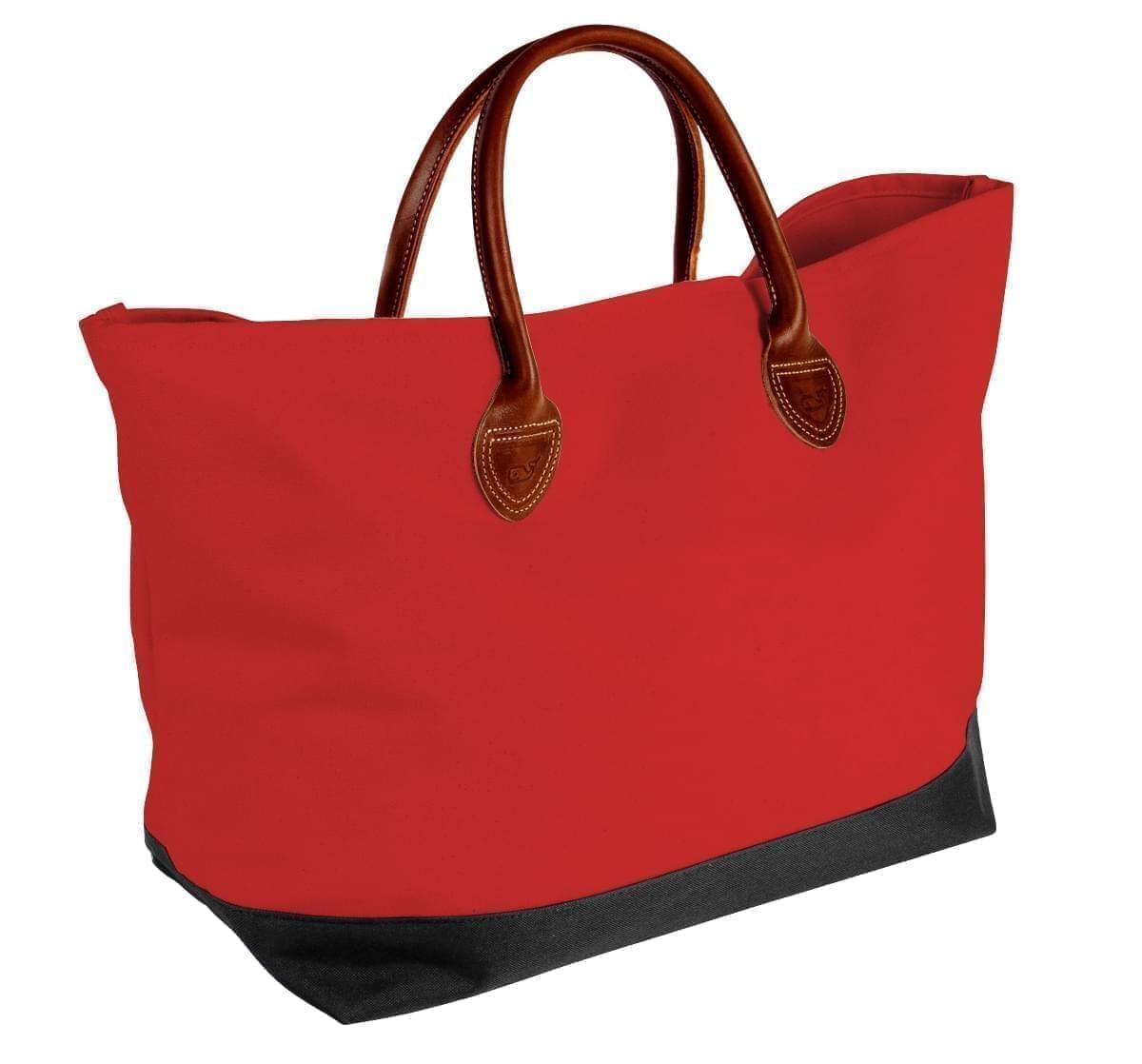 Tote Bags
Tote Bags
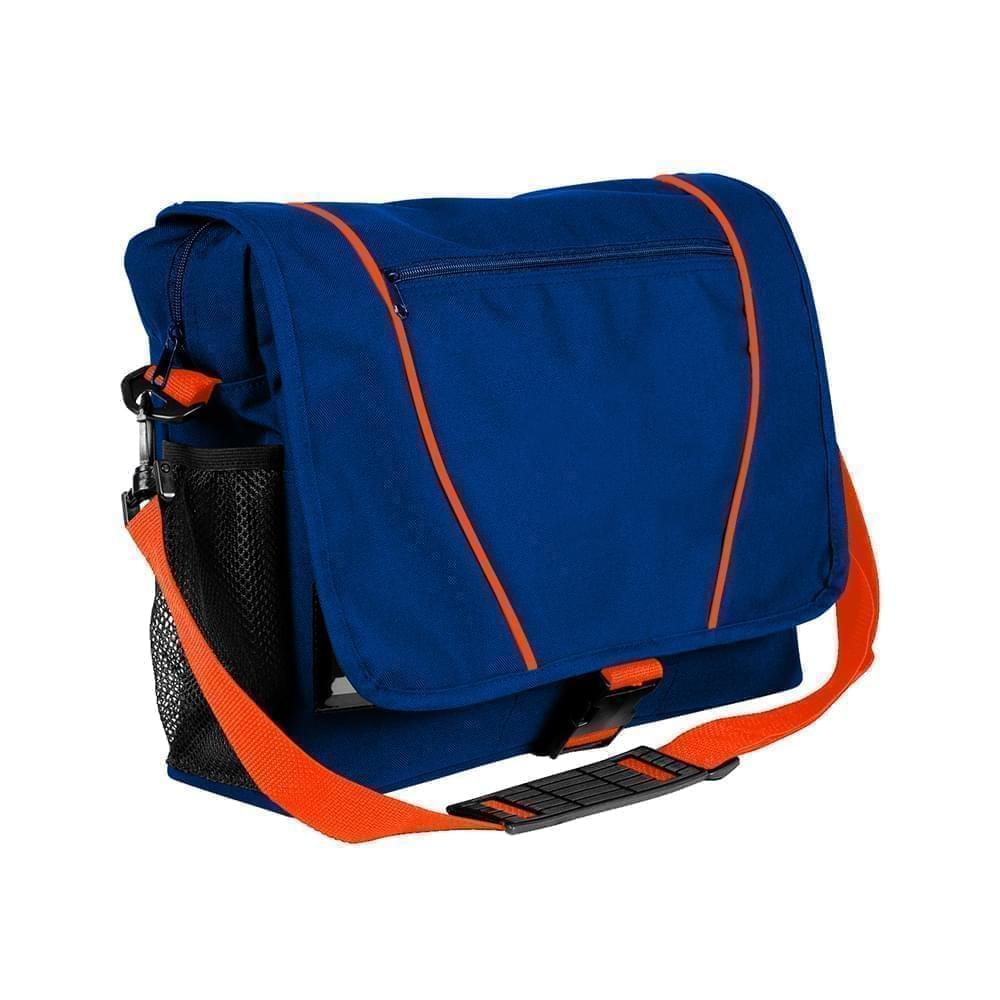 Computer Bags
Computer Bags
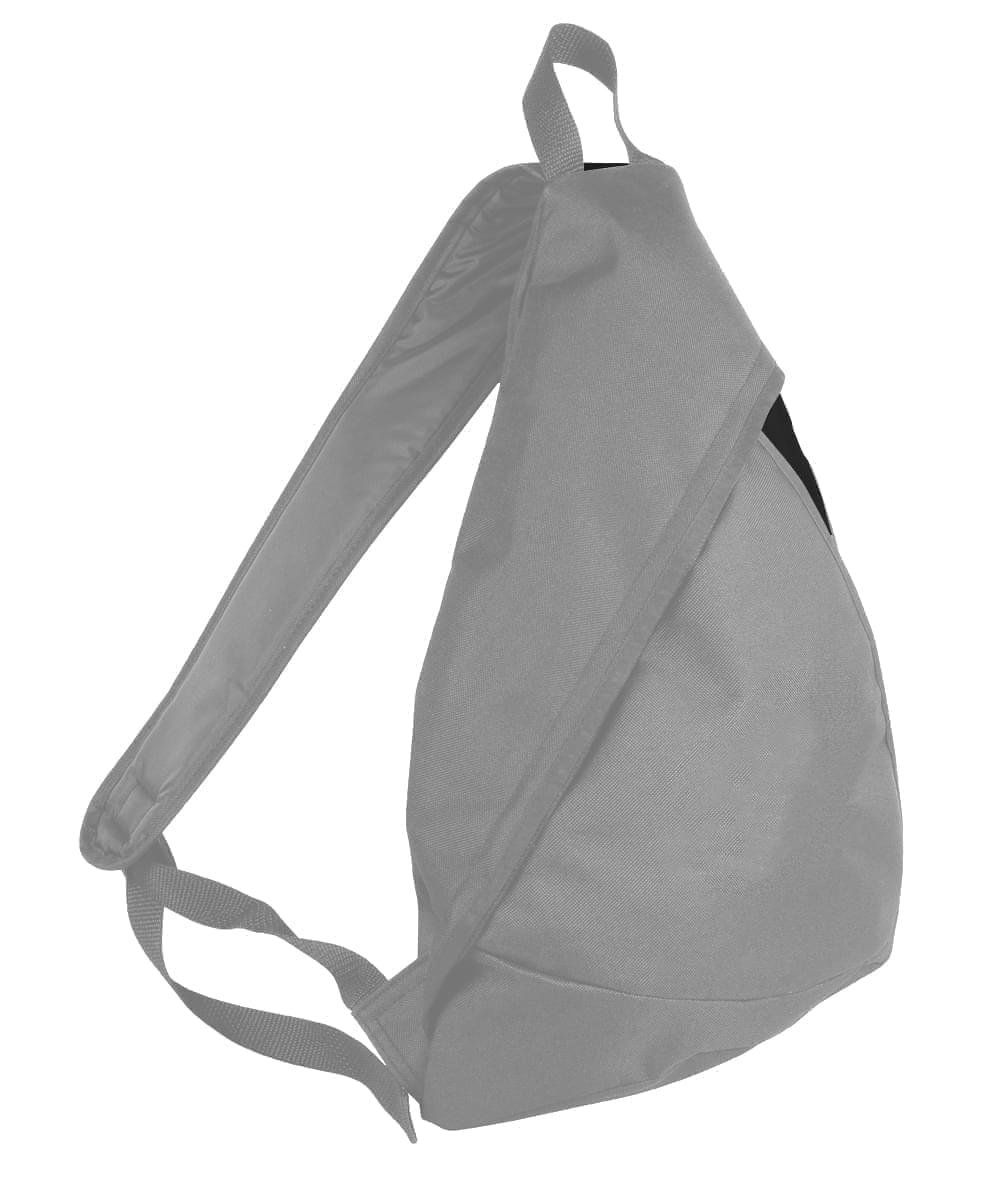 Sling Messenger Bags
Sling Messenger Bags
 Cooler Bags
Cooler Bags
 Cuff Hats
Cuff Hats
 Beanies
Beanies
 Scarves
Scarves
 Zipper Folders
Zipper Folders
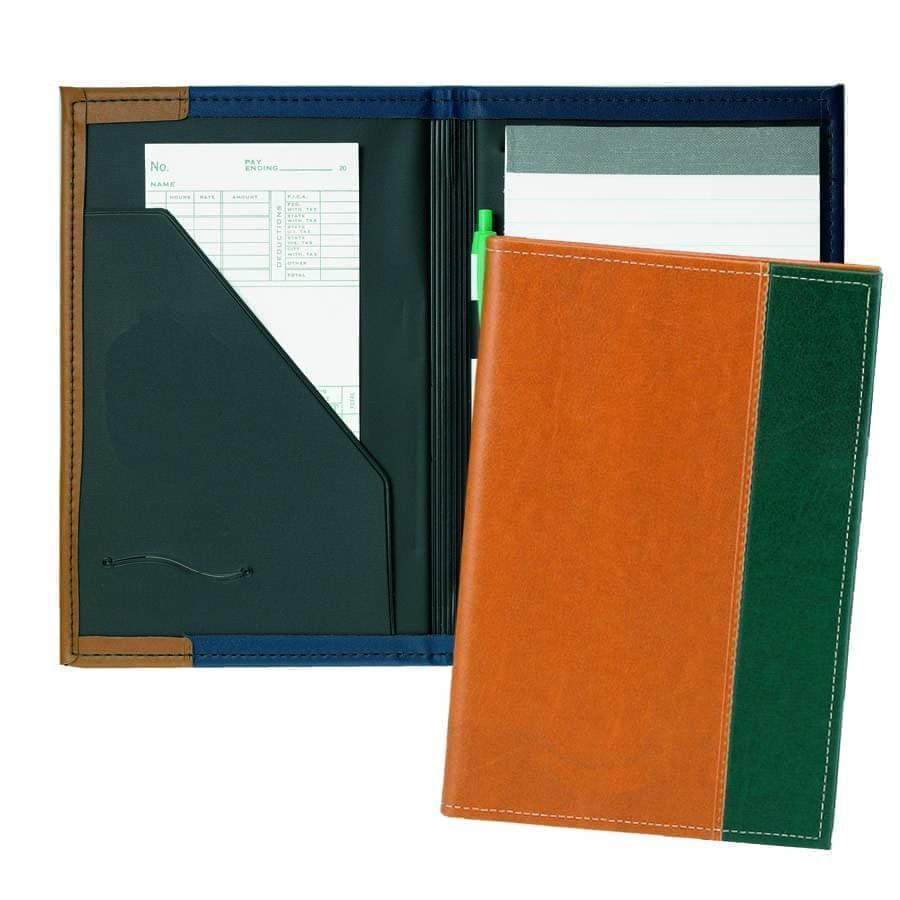 Stitched Folders
Stitched Folders
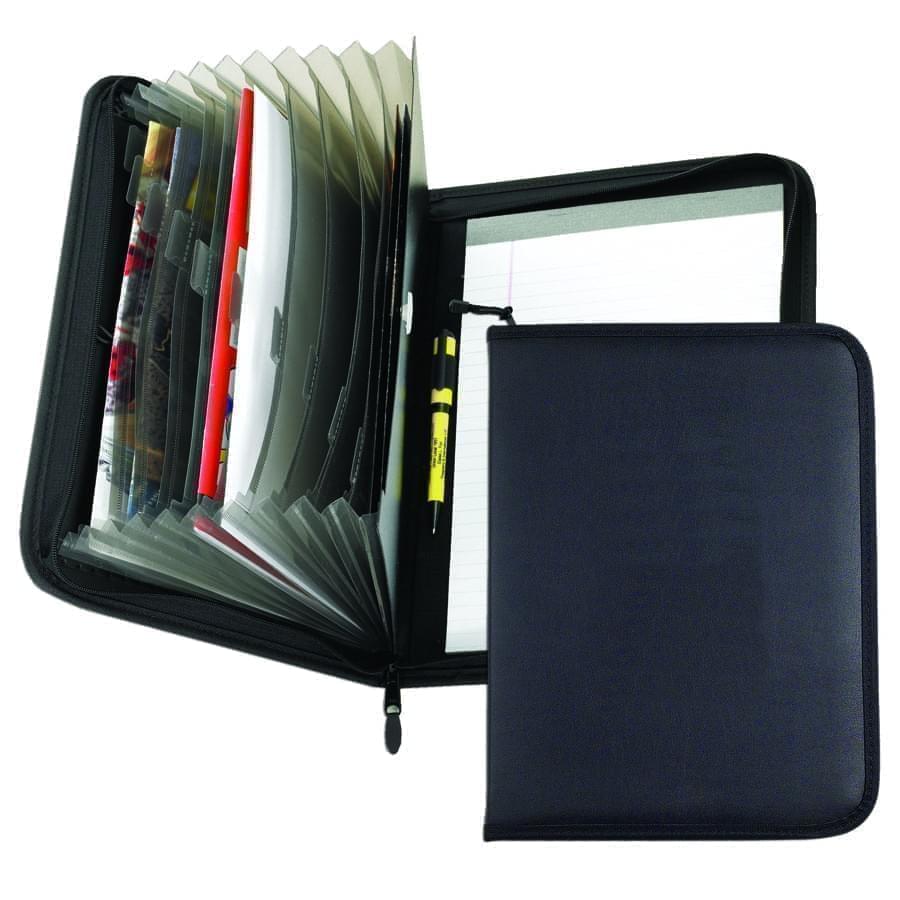 Accordion Folders
Accordion Folders
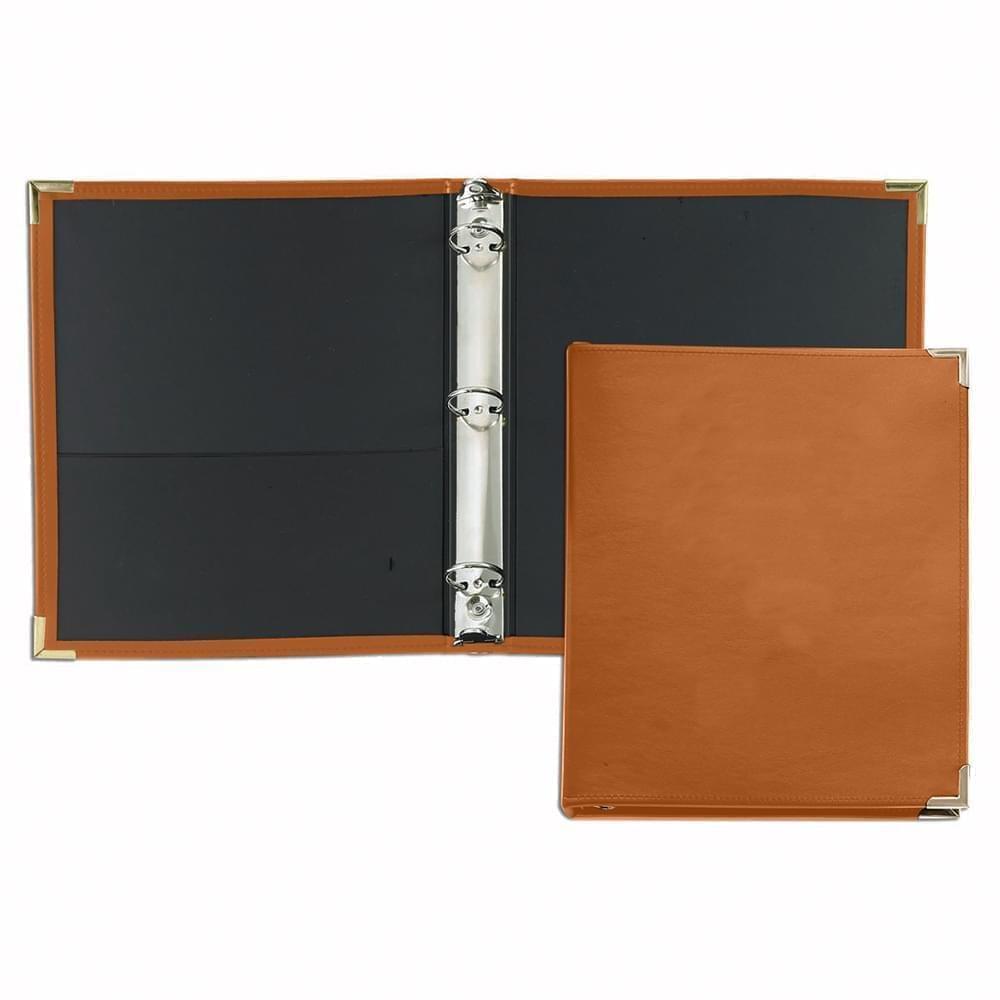 Ring Binders
Ring Binders
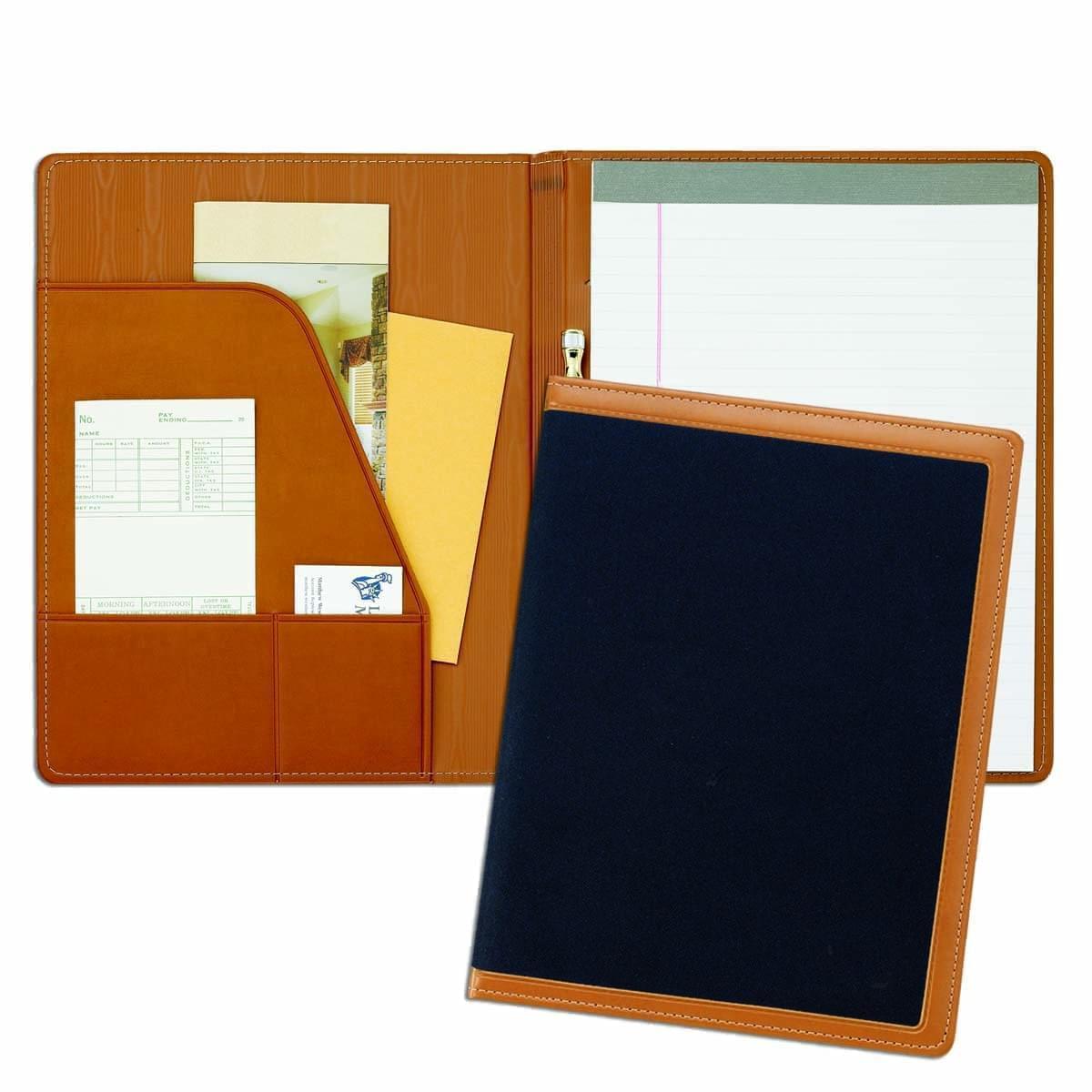 Letter Folders
Letter Folders
 Clipboards
Clipboards

 Union Made In USA
Union Made In USA